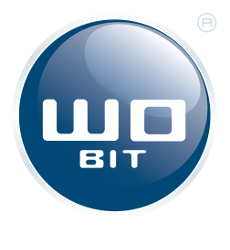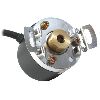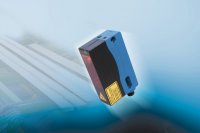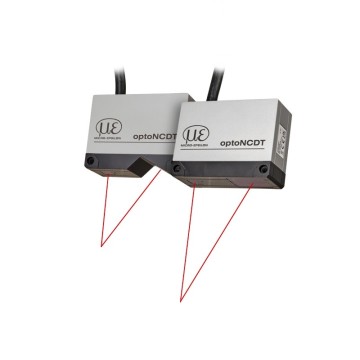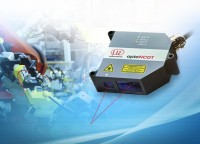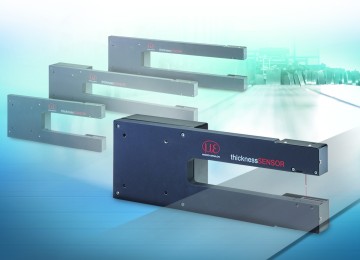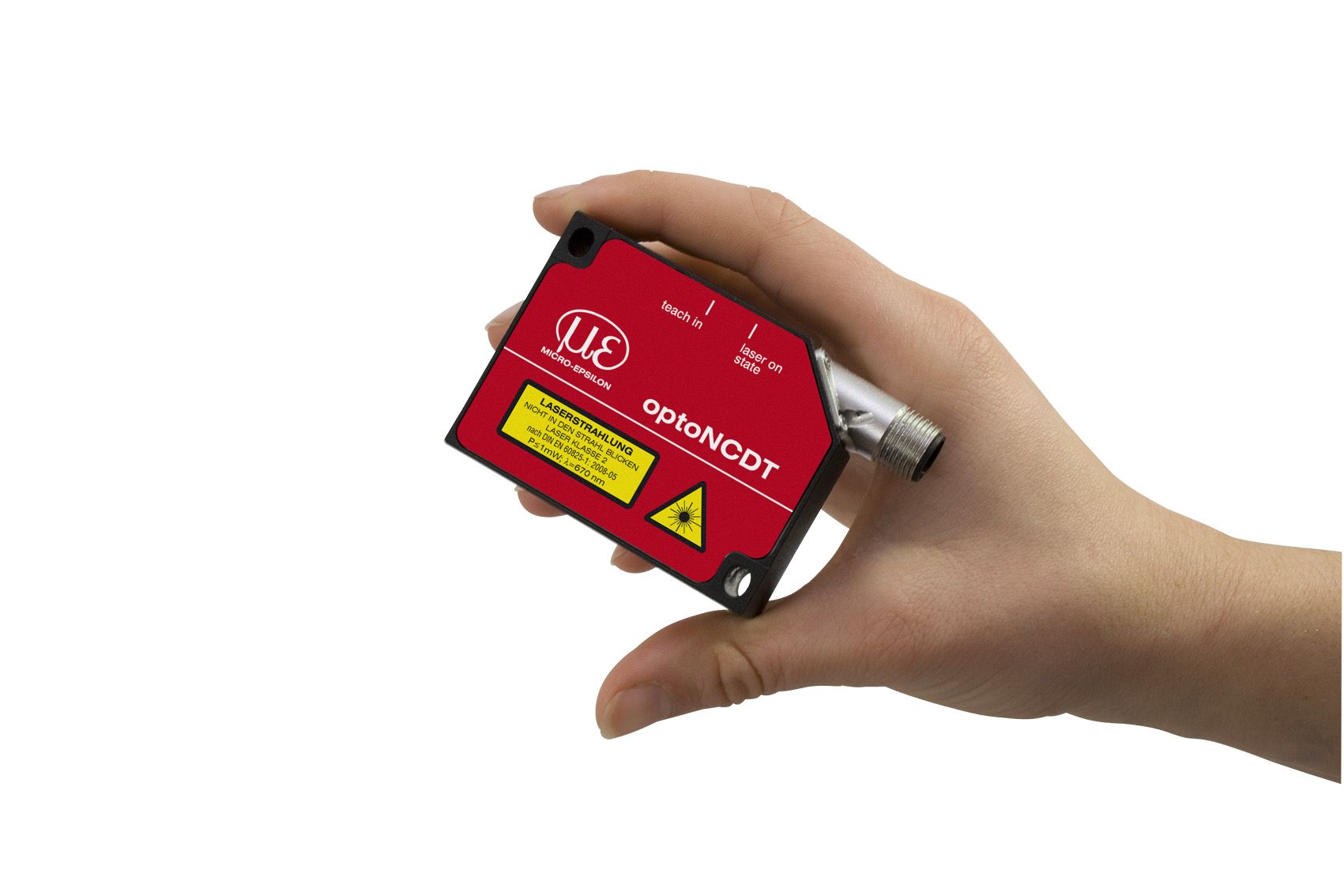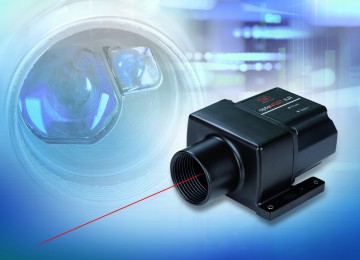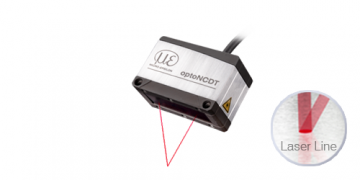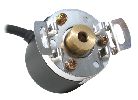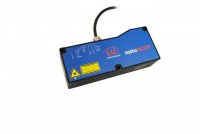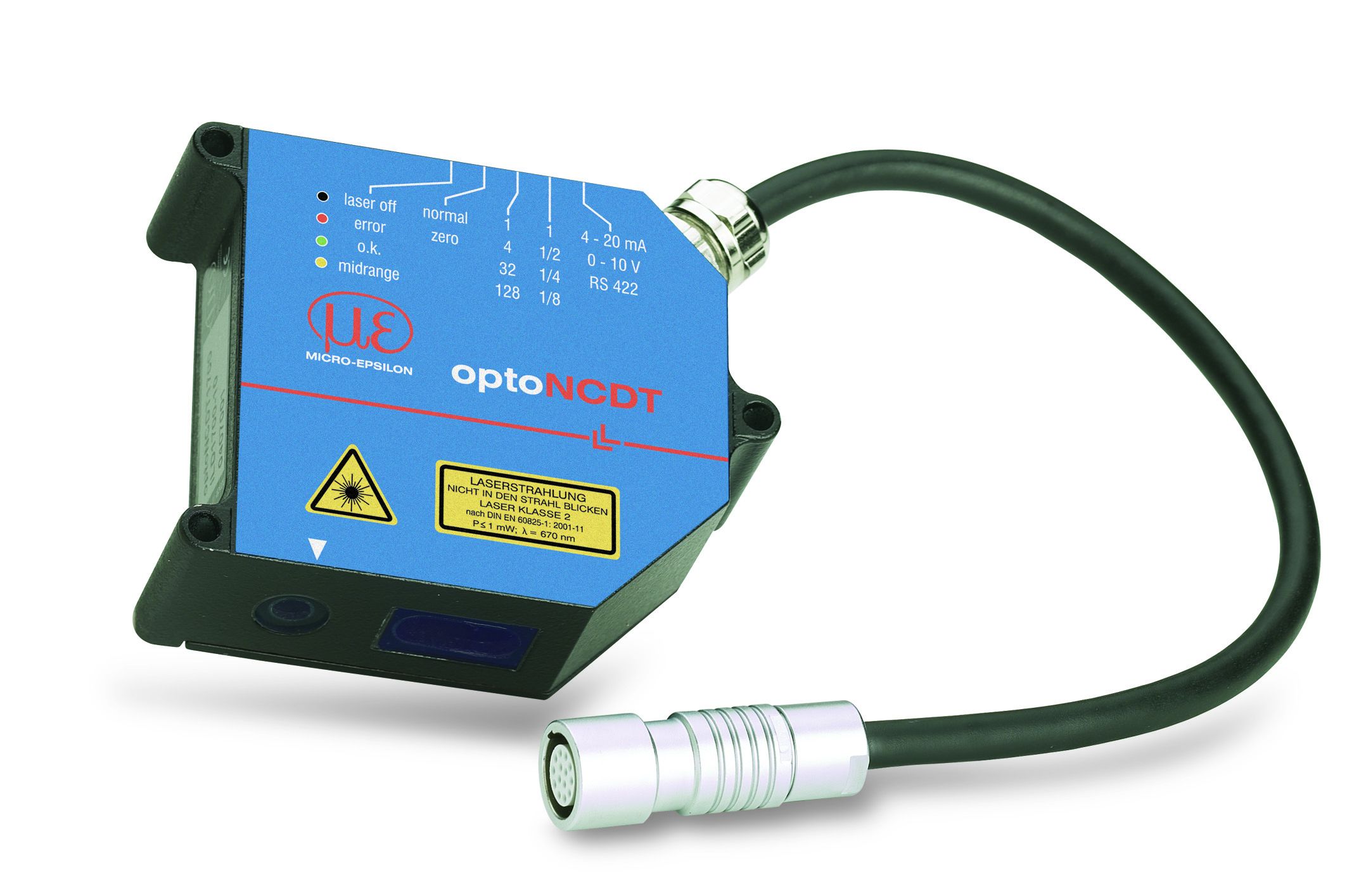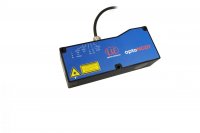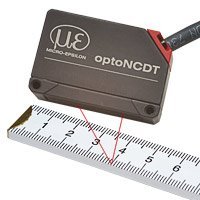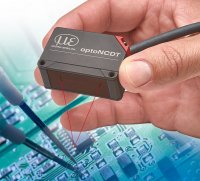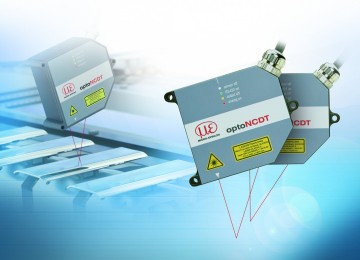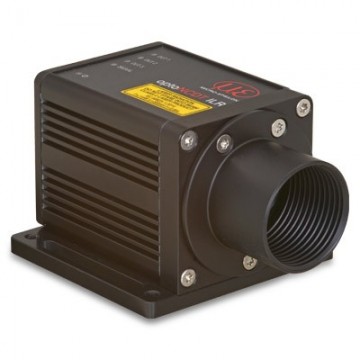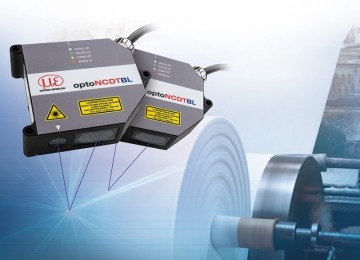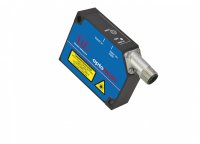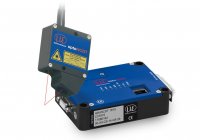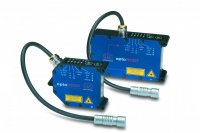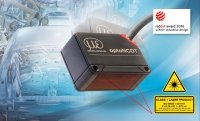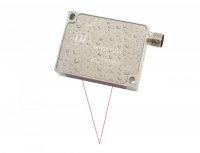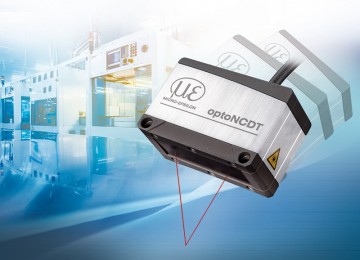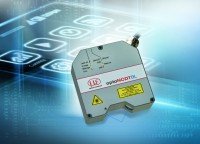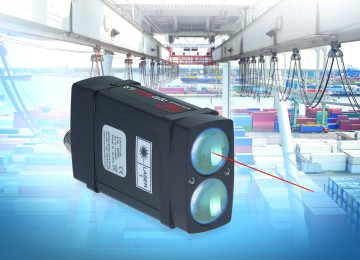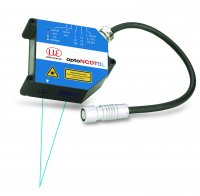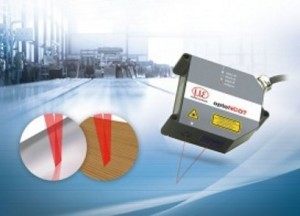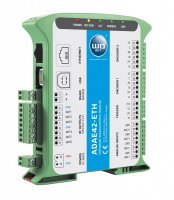
ADAE42-ETH is a multifunctional device dedicated to sensor cooperation, both with analogue output (voltage or current) as well as rotary or linear impulse converters with square wave output. An example of the use of such a device can be profile control, where apart from the need to measure the distance (laser sensors with an analogue output) information about the location of the scanning head is required.
The device supports up to four sensors with an analog output and up to two sensors with a quadrature output. In addition, the module makes it possible to perform mathematical operations carried out on the values from transducers (eg differential thickness measurement of a detail).
In addition, the ADAE42-ETH has six OC type transistor outputs with configurable switch-on and switch-off thresholds depending on the value of analog inputs, mathematical registers, position and encoder speed. After programming the appropriate thresholds, the device can be operated independently (without PC supervision).
The ADAE42-ETH measuring module is equipped with two communication interfaces USB, RS485?and ETHERNET.
USB connector allows for intuitive device configuration and acquisition of measurements from a PC (free application allows real-time recording of measured quantities, saving measurements to a file).
The RS485 and ETHERNET interfaces, on the other hand, enable reading of measurements from multiple modules at the same time and transferring data to master devices (eg PLC controllers, HMI panels) following the MODBUS-RTU protocol (for RS485) or MODBUS-TCP (Ethernet).
Features:
- 10 ~ 36 VDC power supply
- independent measurement of four analog channels (0..10 V, 0..20 mA or 4..20 mA)
- function of averaging measurements
- implemented mathematical functions enabling actions on values measured from analogue channels
- cooperation with two encoders with a quadrature output (TTL, line transmitter, Push-Pull and open collector - 5.. 24 V)
- processing of measured quantities based on programmable, linear characteristics
- 6 outputs of transistor PNPs with configurable thresholds for switching on and off
- triggers for sending data to a PC (three modes of triggering) and latching measurements in special registers possible to read through MODBUS
- LEDs indicating power supply and device operation status
- USB interface for cooperation with a PC
- RS485 interface (MODBUS RTU) for co-operation with master devices
- ETHERNET interface (MODBUS TCP / IP) for co-operation with master devices
- PC software enabling visualization and archiving of measurements and configurations
- you can work without a PC
